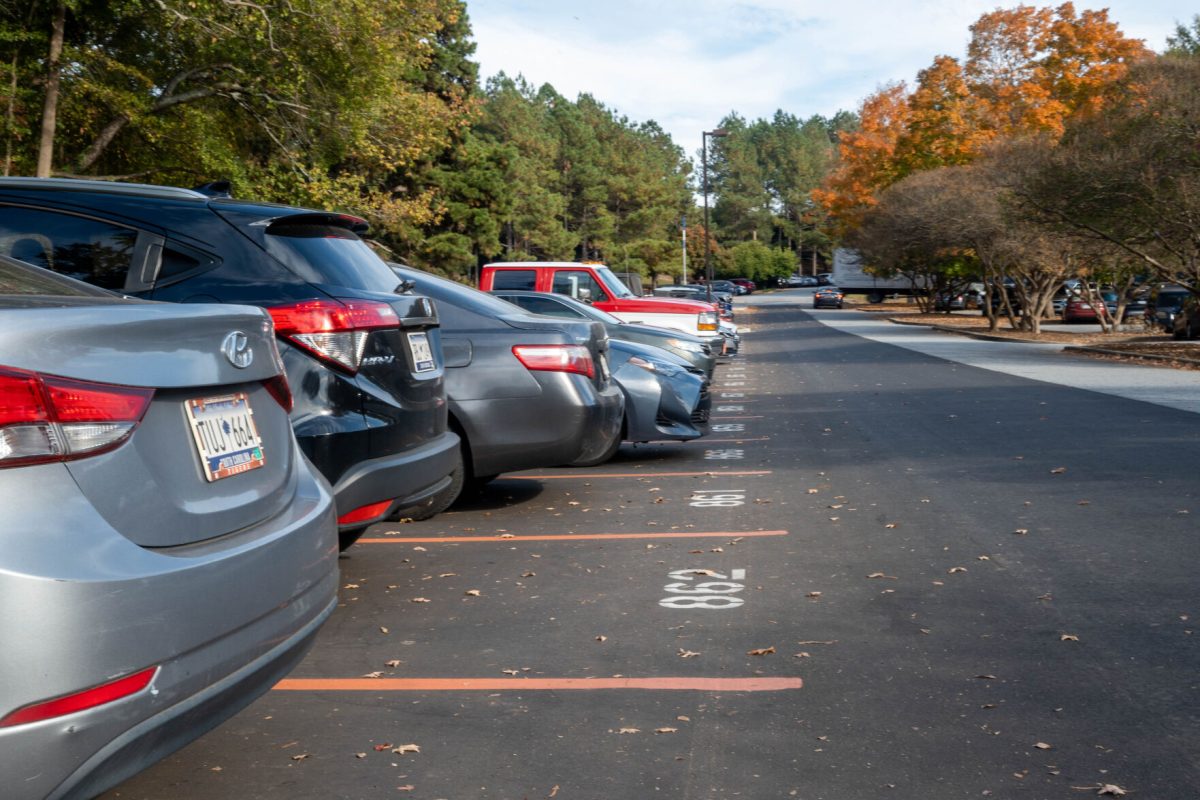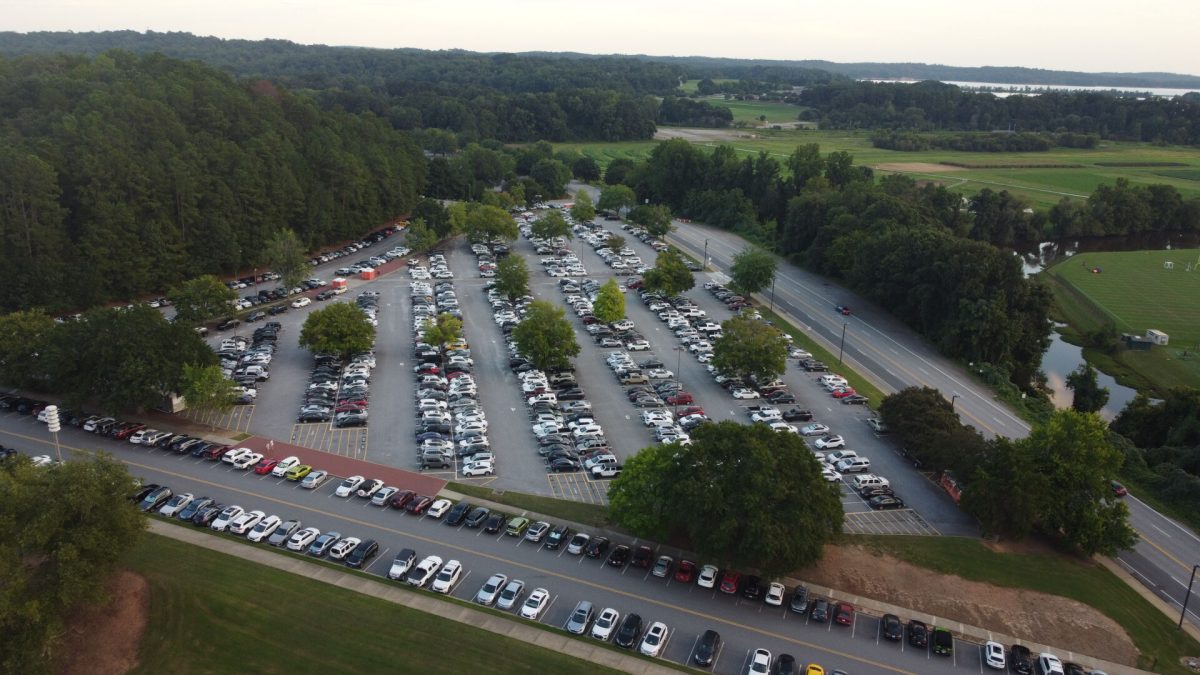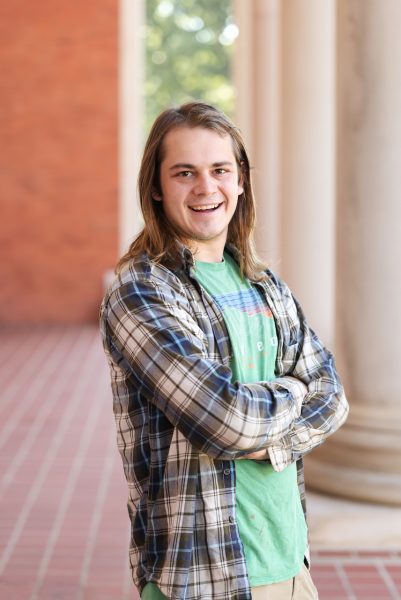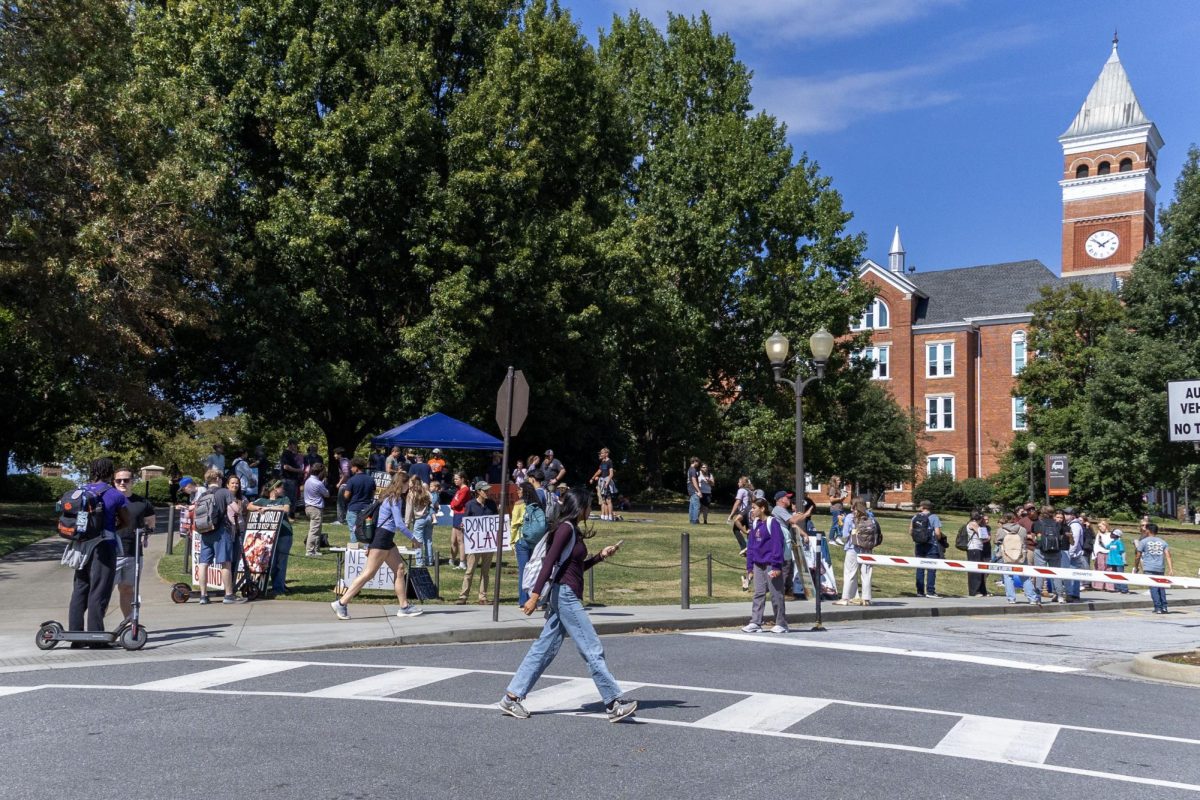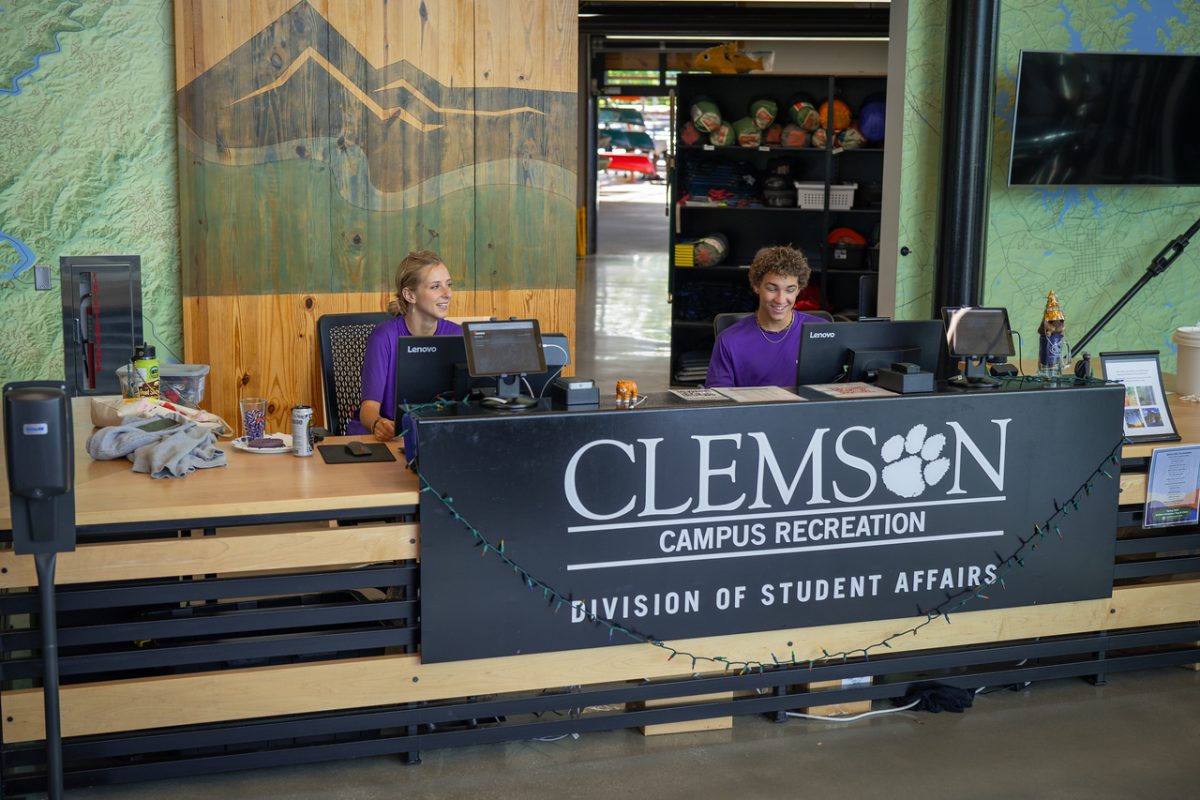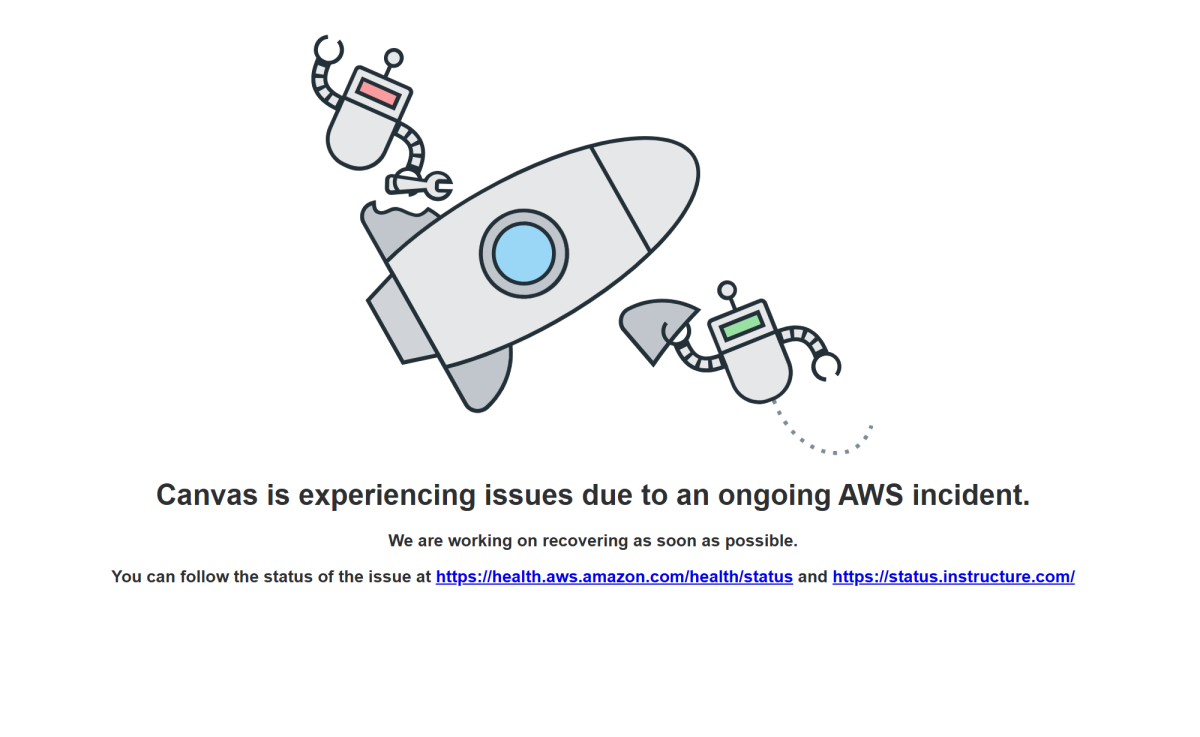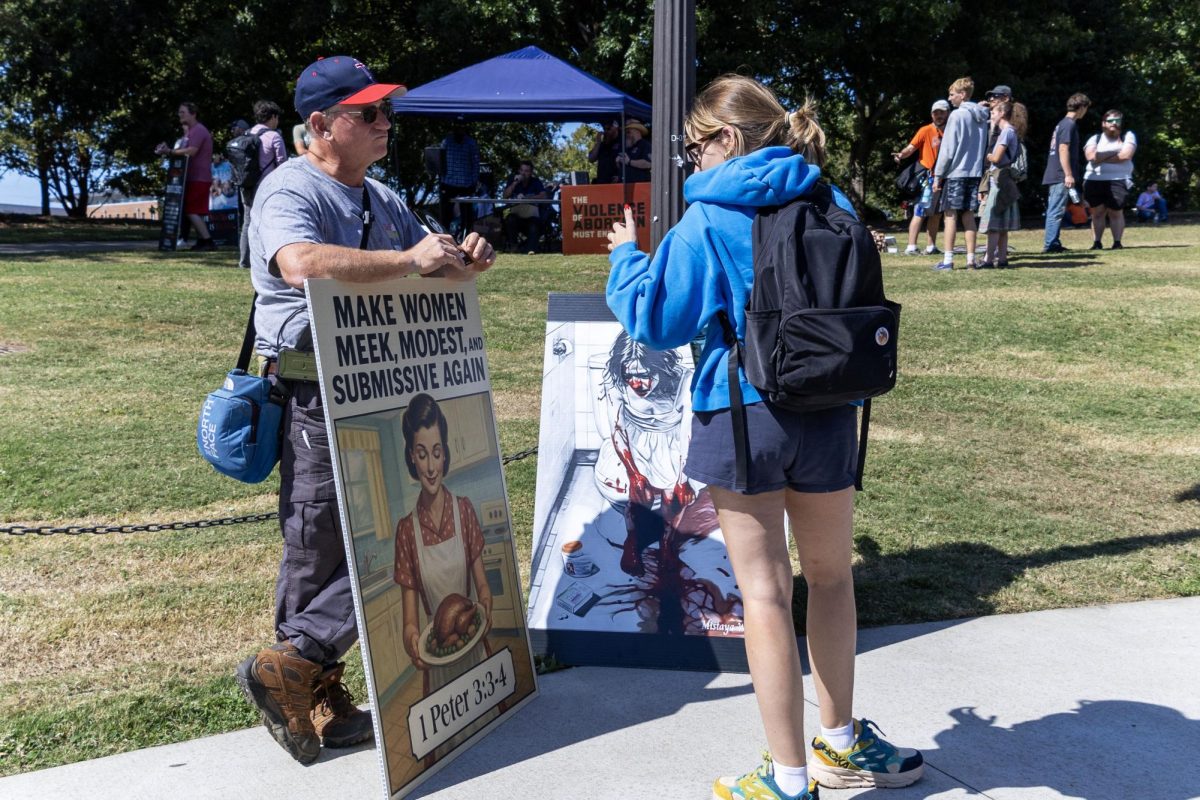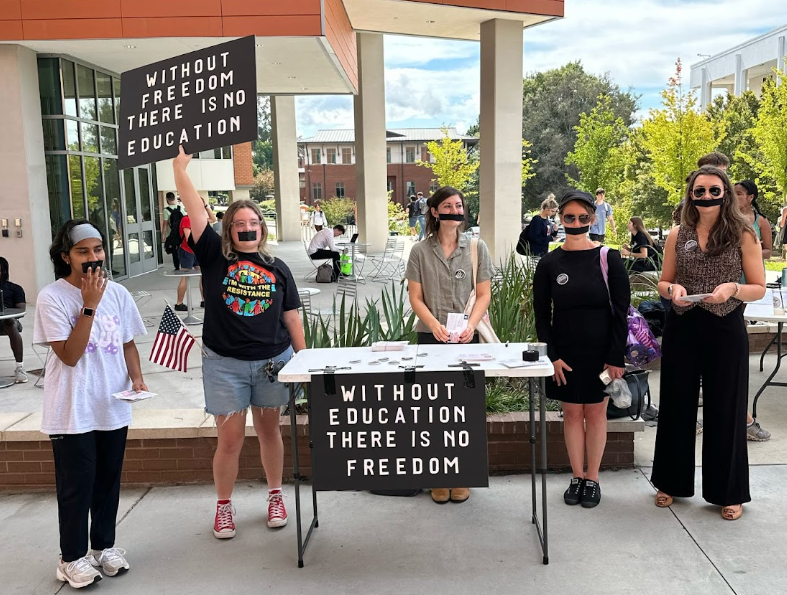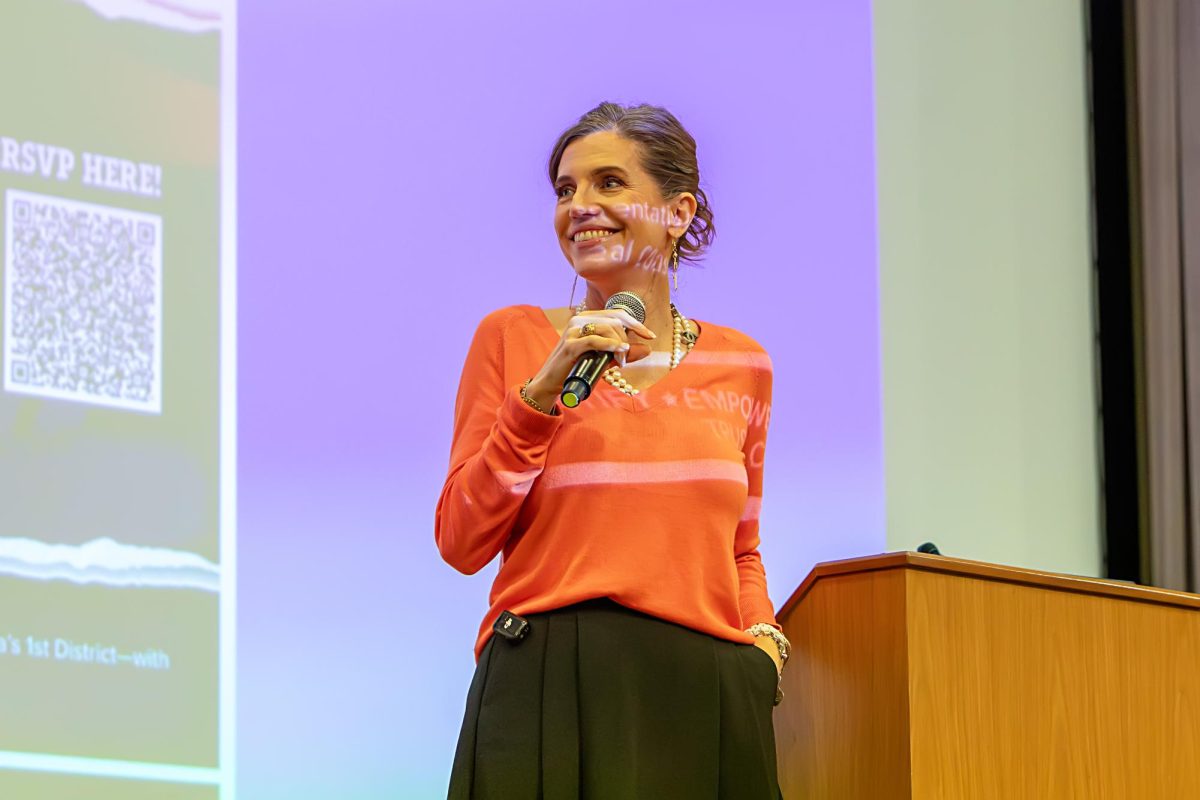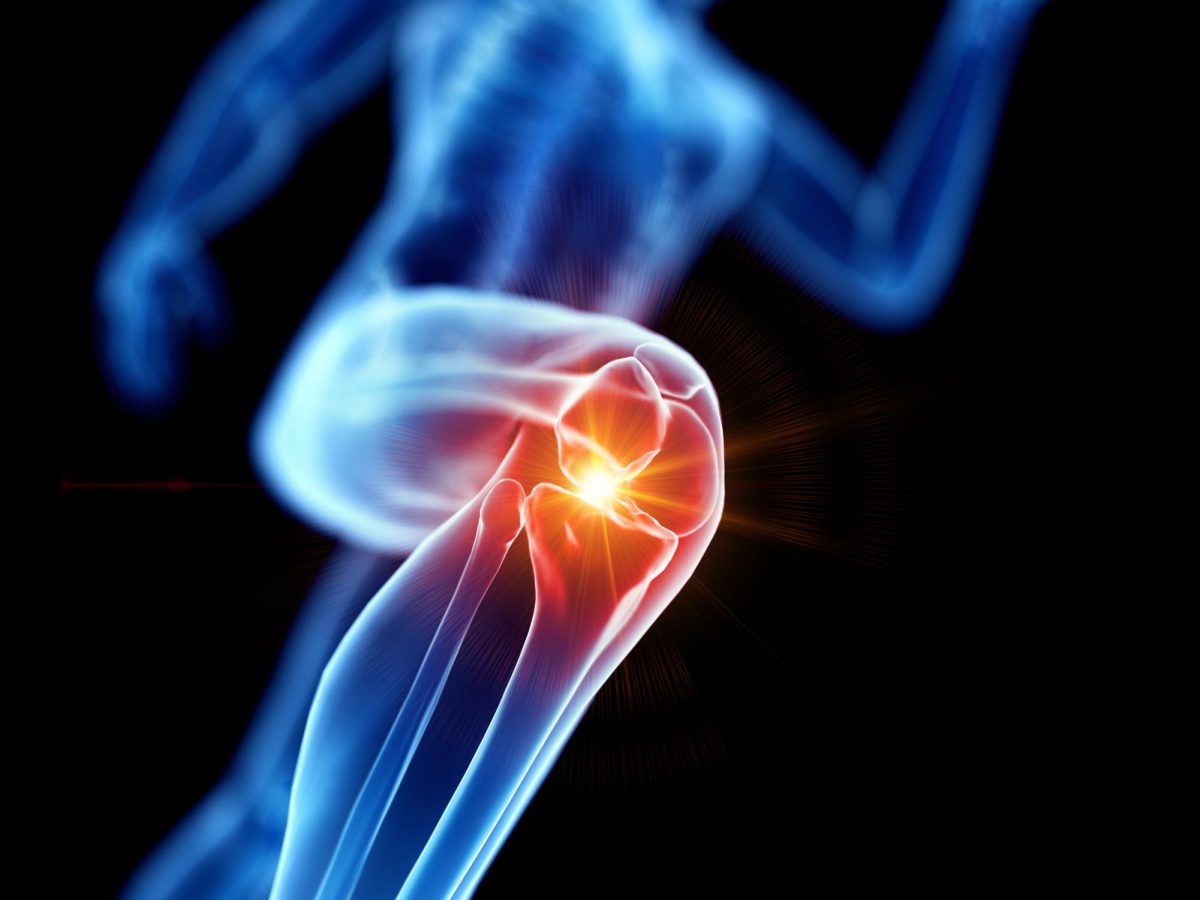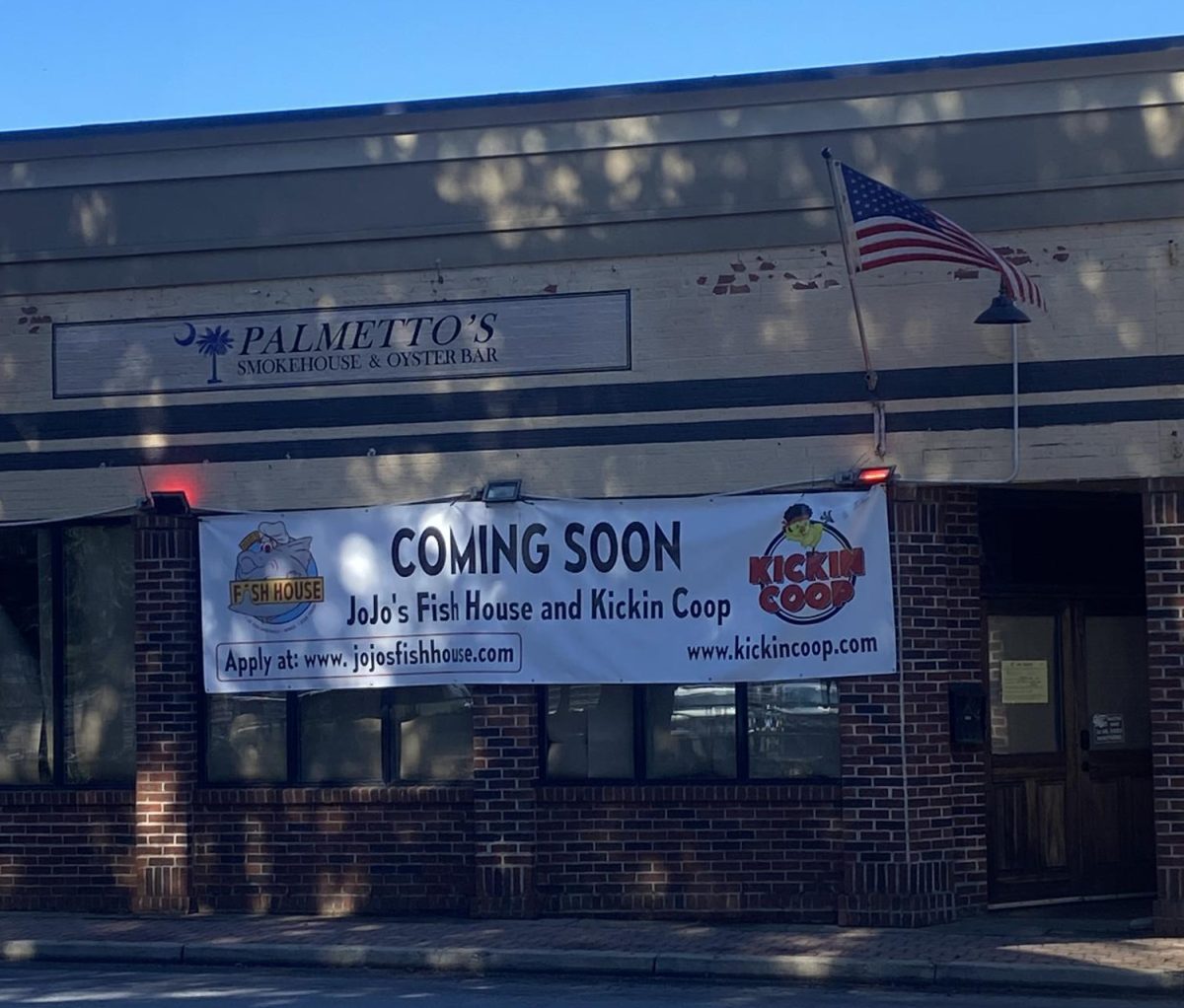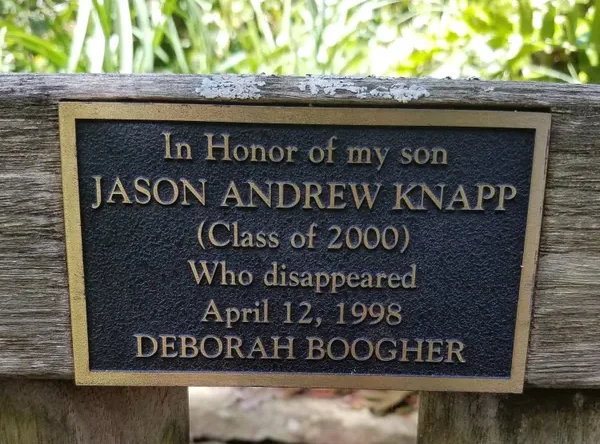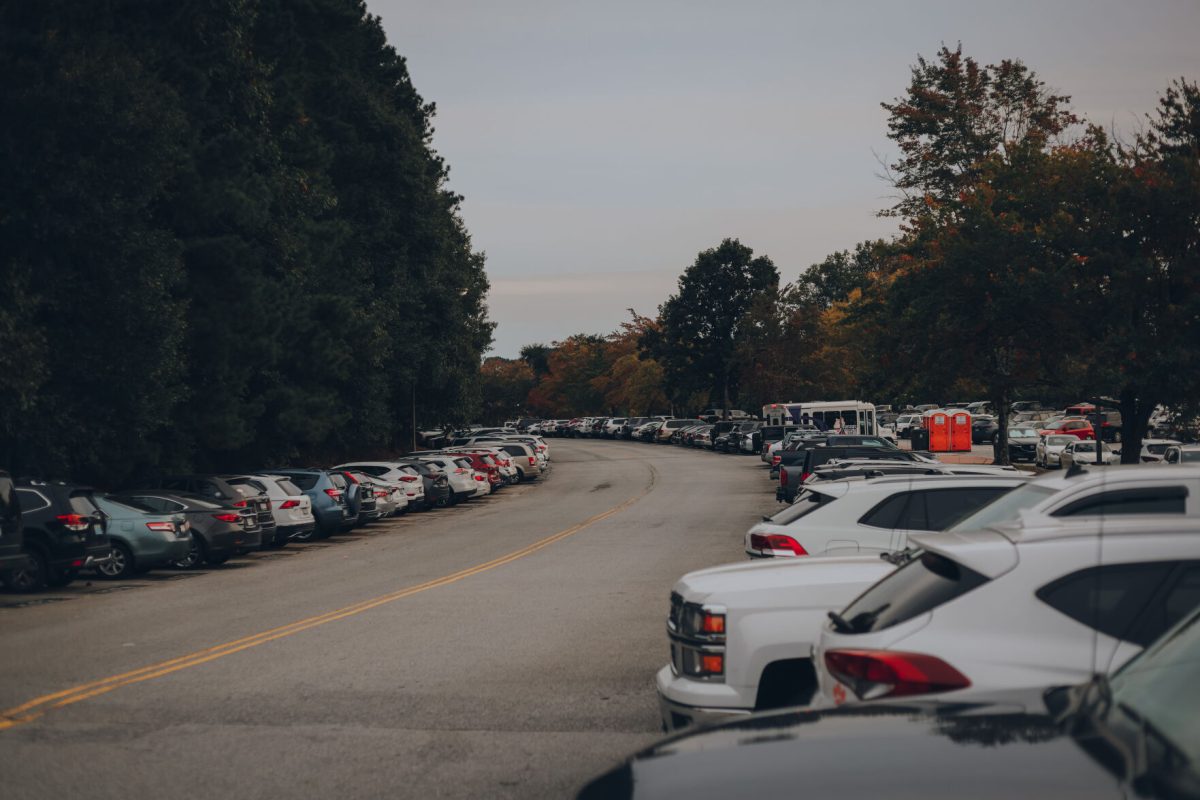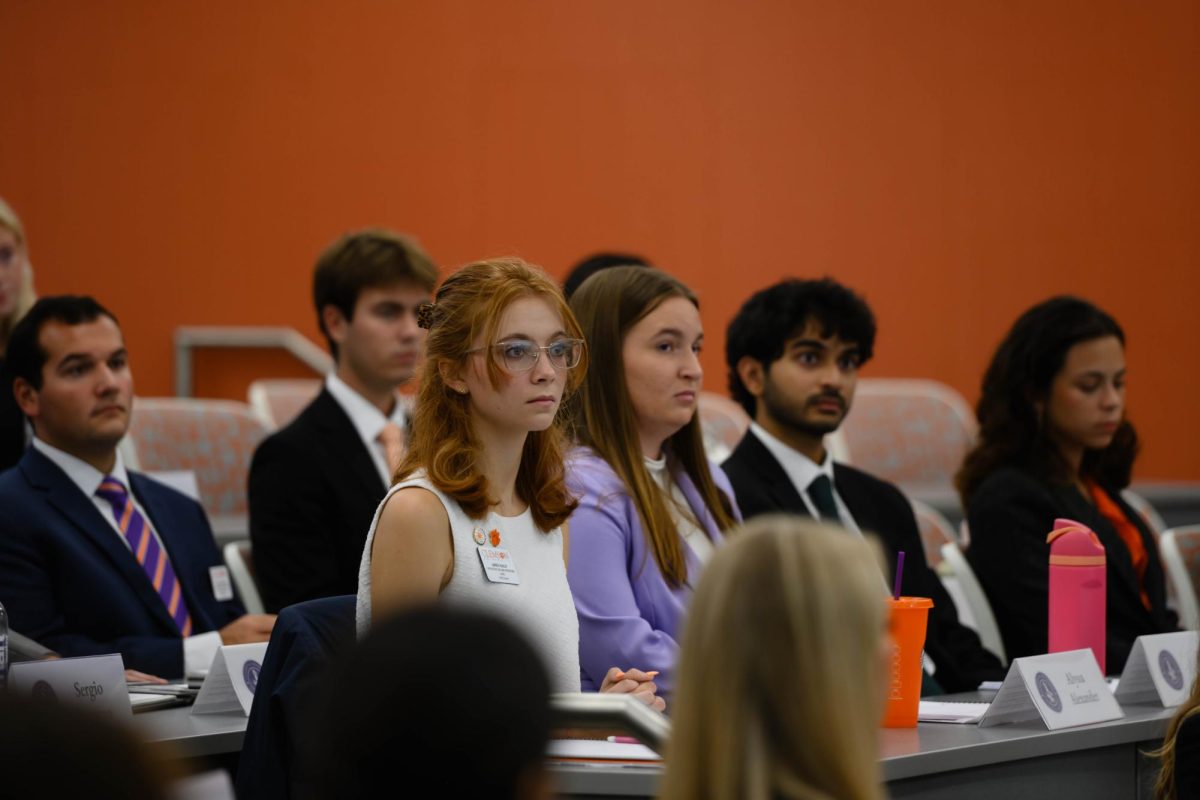After several frustrating semesters for parking and transit on Clemson’s campus, changes are in the works to improve the situation.
Parking and Transportation Services, with University Facilities, are conducting a feasibility study to construct two parking garages on campus. The garages are part of a long-range plan to provide Clemson students, faculty and staff with additional parking options, according to Dan Hofmann, Parking Services director.
The plan calls for one garage to be built where the C-12 and C-5 lots are currently, and one garage to be built in a portion of the C-11, the Brooks Center lot. If approved, the garage in the C-12 and C-5 lots will be built first.
Due to a lengthy approval process, Parking Services is unsure of the exact time frame for the start of construction, although it will likely be a few years, according to Hofmann.
The location of the first garage would allow it to be relatively large. Parking Services hopes to build around 2,000 parking spaces, almost twice the size of the C-1 lot.
The second proposed garage will be in a portion of the Brooks Center lot but is still in a much earlier phase of development. Construction is expected to be several years away, after the completion of the first garage.
Another proposed project is paving a new parking lot on Kite Hill. The new lot would be developed in the grassy area where students currently park their cars on game days.
The lot would be built in phases, with construction planned to start in 2024. When completed, the lot is expected to house about 670 parking spaces, and with the conversion of some other lots in that area, this entire area will serve as a transit hub on the east side of campus.
“From there, it’s a straight shot down McMillan Road to the ASC,” said Hofmann. “You’ll be able to ride a bus, ride a bike or walk right to the center of campus.”
Parking Services and University Facilities hope to send the finished studies and full proposal to the board of trustees for approval sometime in the near future.
The project would include additional tree cover and large islands to lessen environmental and aesthetic impact.
”When building parking lots, trees and sustainability are always factored in. We’ll actually end up with trees where there are none right now,” Hofmann said.
The impact on the campus landscape was also a driving force in the site selection for the first parking garage.
The C-12 and C-5 area’s topography allows a relatively large garage to be built without being too prominent, according to Hofmann. Additionally, the site has easy access, given its location at the new corner of Perimeter and Williamson Roads, accommodating the traffic volume.
The location is close to most classrooms on west campus, meaning students, faculty and staff would not have to use a shuttle bus.
There are additional projects in this proposed plan, including several new lots in the Lightsey Bridge area which would connect to free up space in lot C-1.
These plans would require the Clemson administration and board of trustees’ approvals to move forward. Some larger projects, such as the parking garages, would require state approval.
This comes at a time of record growth on campus, leading to a period of low parking availability due to simultaneous construction projects, supply chain delays and some of the highest parking demand ever.
“A big part of the problem in staying ahead of demand is we are told to plan for 2% enrollment growth, when it’s actually been significantly higher,” said Hofmann.
There is also the upcoming loss of two employee lots with E-4, the Sirrine lot, set to be wiped out this summer by the new Advanced Materials Innovation Center, and E-21, the Godley-Snell lot, set to be displaced by a new forestry building to replace Lehotsky Hall.
As part of the framework plan, Clemson is also looking to pedestrianize its central campus, with plans to remove on-street parking and decrease traffic counts eventually.
“The projections without additional surface parking and garages, frankly, are pretty grim,” said Kat Moreland, associate director of transit operations for Parking Services.
Some projects are already in the works
While the garages and Kite Hill still need to get through several layers of approvals before construction can even begin, Parking Services has been working on a few projects they are getting ready to implement.
Old Williamson Road will be converted into parking after the re-route is completed, and if approved, a new, nearly 300 space expansion to the East Park & Ride, the P-5 lot, will be getting ready to start construction. This, along with the reopening of C-3, the West End Zone lot, after the completion of Tiger Walk will significantly improve parking for this upcoming fall semester.
There are also other projects to improve student mobility, like the Clemson Bikeshare program.
The program has seen a renaissance with the new electric bikes and is seeing some of the highest utilization numbers in the country, even higher than Greenville. Parking Services is looking to expand the program, with plans to add more bikeshare stations for access to outlying areas such as parking lots.
In addition, they are working with University Facilities to improve campus bike infrastructure by implementing the existing bike plan and re-striping some roads to make bike lanes and shared roadway routes safer.
Parking Services also worked with Clemson Undergraduate Student Government to pilot a parking space sensor project in the Brooks parking lot. The eventual goal is to place sensors on every parking space on campus, allowing students to see exactly how many spaces are open and where they are, in real time.
Carpool is also an option that Parking Services is trying to incentivize, offering free carpool passes to anyone that signs up.
Clemson is also working with the city of Clemson and CATbus to solve congestion issues and improve morning travel times on the Red Route. This comes as CATbus is getting ready to add new electric buses and charging infrastructure.
But for now, Clemson students will at least have to admit that parking is not as bad as at the University of South Carolina.
“We have 600-800 spots open every day, they’re just not where you want them. But we do have convenient transit routes that connect to the center of campus,” said Dan Hofmann, reflecting on the fact that Clemson’s parking situation is nothing like where he used to work, when he ran parking for the cities of New York, Boston and Chicago.
His personal suggestion is to use the C-14 lot near the Seneca River Basin or the C-16 lot, with tire stops down by the soccer practice fields.
They are both a bit further out, but have good bus access with routes from C-14 bringing you to the Brooks Center and now Lee Hall. C-16’s options include using the new Athletic District bus or taking a short walk to the Orange Route at Littlejohn Coliseum.
His final advice is simply to be smart about your search:
“I drive by each of these lots every day on my way to work and during the day, and I see a lot of available parking each day. Stop searching lots during peak times for spaces that are not available and just go to these lots where parking is guaranteed.”
Update: An earlier version of the article said that the C-5 and C-12 parking garage and the Kite Hill expansion were going to be submitted to the board of trustees for approval in April. Parking Services clarified that while some parking projects are being submitted for the April meeting, the C-5/C-12 garage and the Kite Hill expansion are not among them.
The R-3 parking lot, as pictured above. Parking Services hopes to build around 2,000 parking spaces, almost twice the size of the C-1 lot, in the C-12 and C-5 lots.



